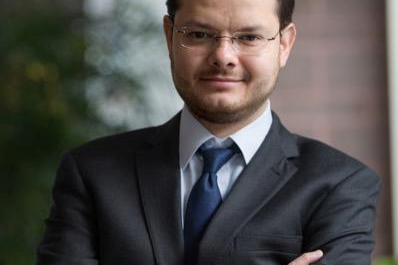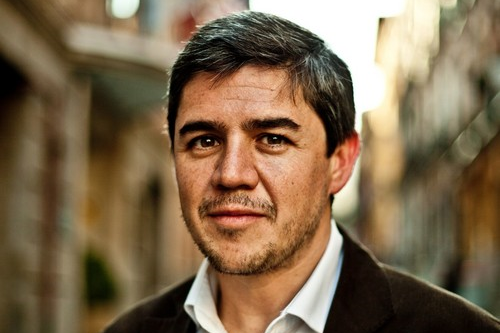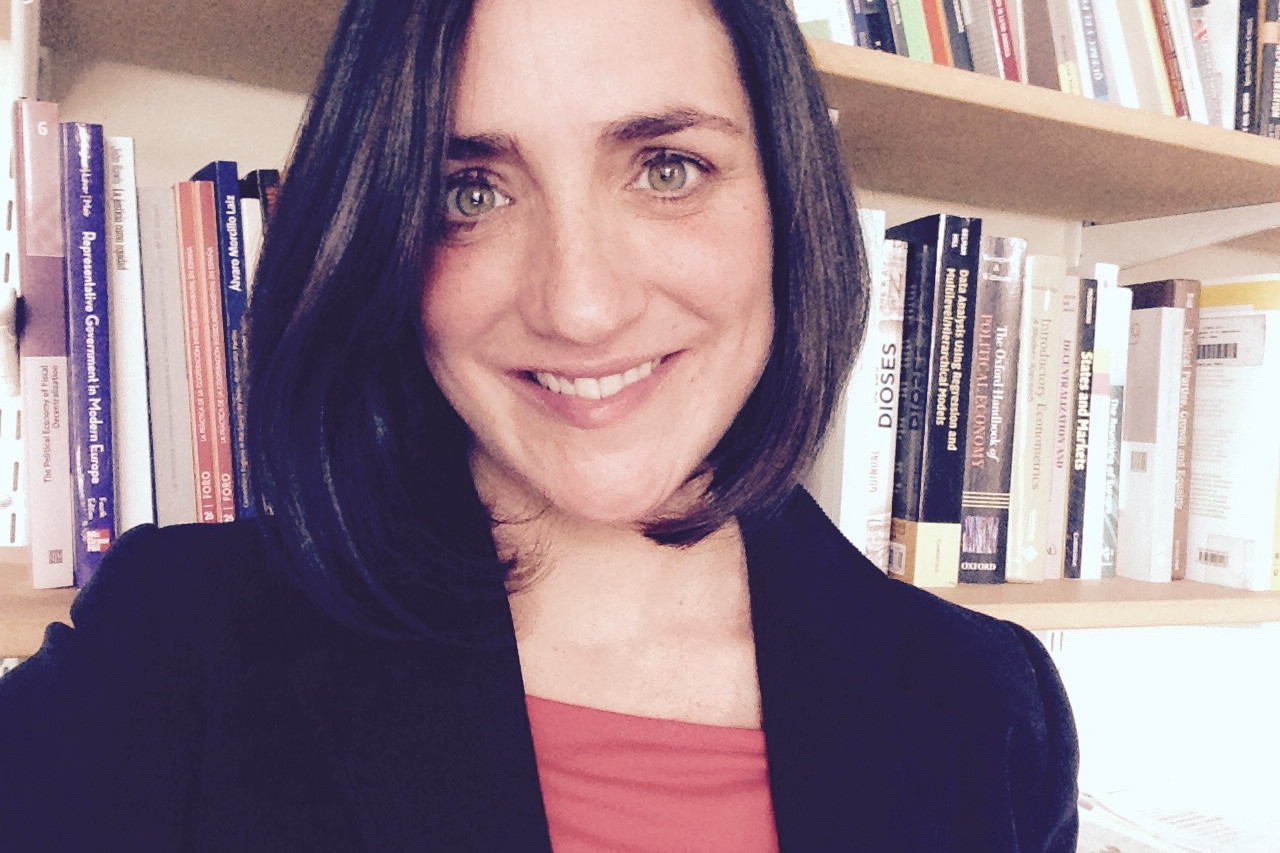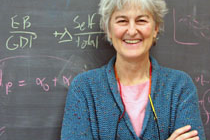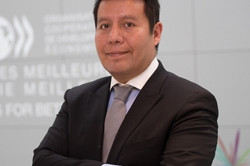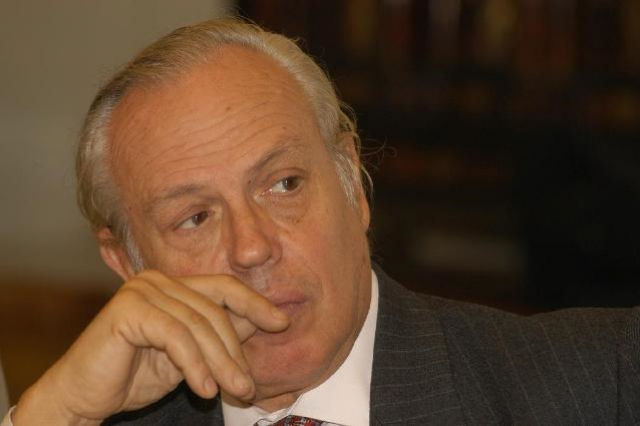
In a recent Fedea report -in which fifteen of the most important companies in the country are reported, including banks- on "personal income of Spanish municipalities and their distribution," Barcelona was in the cities with most inequality in Spain. The same conclusion was reached by the report released late last year on household income (RDF) per capita in the neighbourhoods of Barcelona in 2012, compared to 2011, prepared by the City Council. In Barcelona, the high profits on capital income and property contrast with the greater long-term unemployment and depletion of social benefits.
The RDF shows that very high income went from representing 7.9% of all residents in 2012 to 10.7% in 2013, while the lowest increased from 14.9% to 17.8%. Furthermore, the so-called middle class in Barcelona lose ground, which in 2007 accounted for 58.6% of everyone, while in 2013 was only 44.3%. The sum of the low or very low classes, with 41.8%, is almost equal to the middle classes.
As recognized by the Pilar Soldevilla herself, deputy manager of Strategic Projects of the City of Barcelona, very low incomes have increased, caused by rising long-term unemployment and depletion of benefits while high incomes have grown because "in 2013 revenues equity capital and have had a lot of profit. " Moreover, immediately afterwards, he adds that "the growth of inequality has stabilized in the city of Barcelona". Which, translated into the language of political interest, says that Xavier Trias's policies have helped reduce the social gap in the city and that the trend of the rich are getting richer and the poor poorer will not continue to develop.
The snapshot of inequality is excruciating
In any case, the snapshot of inequality in Barcelona is excruciating. The average household income in the Nou Barris district in 2013 was 10,540 Euros per year, while that of Sarria-Sant Gervasi was 35,020. The gap between the richest and poorest neighbourhoods in not only growing at the extremes. The differences affect the whole of Barcelona. 75% of neighbourhoods, a total of more than one million people, have below the average income.
Age is another factor of inequality. In 2008, youth unemployment -16 to 24- in the city was 23.3%; 6.7% among the middle aged and 4.5% among those over 55. With the advent of the crisis, youth unemployment rose to over 50% in 2013. This explosion responds to the extent that temporary work, precarious by nature and thus the first to go, appeared in the pre-crisis stage. In all other age groups, unemployment also grows, but never to reaches the dramatic dimension of youth unemployment.
Not just age determines the inequality in relation to income. The gender gap is also striking in Barcelona. No matter if the income comes from wages, pensions or unemployment benefit. In the first case, a woman has on average 25.4% less income than a man; if a pension, at much as 33.1% less and if they are receiving unemployment benefit 14.5% less than average. Therefore, older women living alone make up one of the groups most vulnerable to poverty.
Life expectancy, eight years less
Moreover, these differences are not merely nominal. For example, in the European project Sophie, researchers warn that the difference in life expectancy between residents of the neighbourhoods of Sant Gervasi and Raval is now 8 years. While in the former, people live to about 81 (a figure slightly above the European average), in the Raval, this figure stood at 73 (comparable data to countries like Nicaragua, Dominican Republic and Iran).
Many other data illustrate the consolidation of this dual Barcelona, which results in people who face totally disparate day-to-day life, for example, is seen in evictions (remember that it is in the Ciutat Meridiana neighbourhood where more foreclosures occur in Spain), of growing poverty and the very survival. A social landscape we perceive first hand and in a thousand ways in our streets, and which is supported by many social service professionals who do nothing but repeat that are literally "overwhelmed".
The anthropologist Manuel Delgado, critical of the so-called Barcelona model, denounces "a leftist government that administered the city since the restoration of democracy did not manage to change a socially segregated city, where there are pockets of poverty that do nothing but get worse." "It is proof that leaving the city in the hands of professional politicians and brilliant visionaries has not solved the problem; the issue was not that Barcelona was not cool, but it had poverty: classes still exist," he summarizes.



